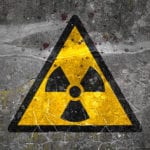 Technology
Technology  Technology
Technology  Humans
Humans 10 Everyday Human Behaviors That Are Actually Survival Instincts
 Animals
Animals 10 Animals That Humiliated and Harmed Historical Leaders
 History
History 10 Most Influential Protests in Modern History
 Creepy
Creepy 10 More Representations of Death from Myth, Legend, and Folktale
 Technology
Technology 10 Scientific Breakthroughs of 2025 That’ll Change Everything
 Our World
Our World 10 Ways Icelandic Culture Makes Other Countries Look Boring
 Misconceptions
Misconceptions 10 Common Misconceptions About the Victorian Era
 Mysteries
Mysteries 10 Strange Unexplained Mysteries of 2025
 Miscellaneous
Miscellaneous 10 of History’s Most Bell-Ringing Finishing Moves
 Technology
Technology Top 10 Everyday Tech Buzzwords That Hide a Darker Past
 Humans
Humans 10 Everyday Human Behaviors That Are Actually Survival Instincts
 Animals
Animals 10 Animals That Humiliated and Harmed Historical Leaders
Who's Behind Listverse?

Jamie Frater
Head Editor
Jamie founded Listverse due to an insatiable desire to share fascinating, obscure, and bizarre facts. He has been a guest speaker on numerous national radio and television stations and is a five time published author.
More About Us History
History 10 Most Influential Protests in Modern History
 Creepy
Creepy 10 More Representations of Death from Myth, Legend, and Folktale
 Technology
Technology 10 Scientific Breakthroughs of 2025 That’ll Change Everything
 Our World
Our World 10 Ways Icelandic Culture Makes Other Countries Look Boring
 Misconceptions
Misconceptions 10 Common Misconceptions About the Victorian Era
 Mysteries
Mysteries 10 Strange Unexplained Mysteries of 2025
 Miscellaneous
Miscellaneous 10 of History’s Most Bell-Ringing Finishing Moves
10 Facts We All Get Wrong About Colors
There are some facts we all get wrong about colors. Like the belief the sun is yellow, or that we see black at night. We wrongly think water is colorless, gold is gold and that there are seven colors in the rainbow.
The supposedly simple act of seeing color is a more complicated than we think. Science, our eyes, brain and even language all determine how we see colors. For one, we only see colors we have names for. This means colors without names often get misidentified. One notable color is blue, which was called green for most of history. However, blue is not the only color with a controversial history.
See Also: Top 10 Strange Mysteries And Facts About Color
10 We See Black In The Absence Of Light
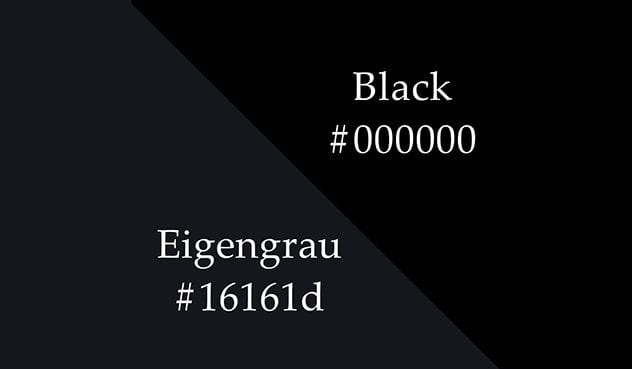
What color do we see at night? Black? No, that is not black. It is eigengrau. Eigengrau is a German word that means “own gray” or “intrinsic gray”. It is also called Eigenlicht, which means “own light” or “intrinsic light”. Eigengrau is a bit brighter than black. For graphic designers, it is represented by #16161d in hex code.
The idea that we saw eigengrau in place of black at night was first proposed by German physicist, Gustav Theodor Fechner, in the 19th century. Before then, everyone accepted that we saw black. Fechner added that eigengrau was the same color at the background of the patterns we see when we close our eyes.
While scientists rarely talk or write about eigengrau these days, we will agree that we do not see black at night. We do have a bit of visibility and a black object will actually appear darker than its immediate surroundings. That would not have been possible if night and the object were both black.
9Color Pink Does Not Exist
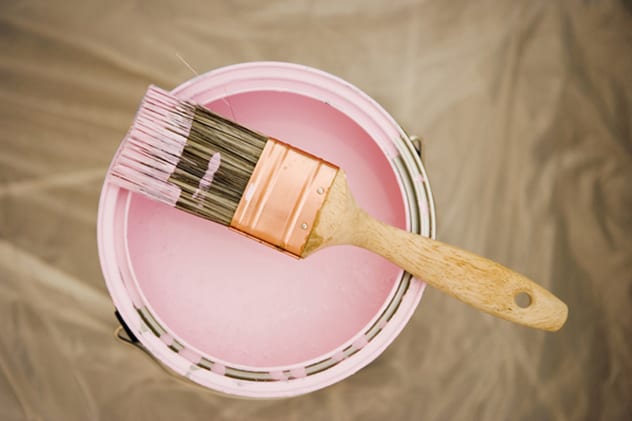
There is an ongoing dispute over whether or not the color pink exists. Some scientists say it does, others say it doesn’t. But then, we all see color pink. How could a color we can see not exist? Here is the truth: color pink exists but pink light does not exist.
You see, we often believe that every color has a corresponding wavelength of light. That is, every color in existence appears in the rainbow. (Black and white do not count since they are not really considered colors.) This is untrue. Color pink neither appears in the rainbow nor has a corresponding wavelength of light.
Pink light can only exist in nature if the red light in the rainbow somehow crossed path with violet. However, that will never happen since red and violet are at opposite ends of the rainbow. Both will never meet unless some powerful sorcery manages to alter the arrangement of colors in the rainbow.
8 There Are Seven Colors In The Rainbow
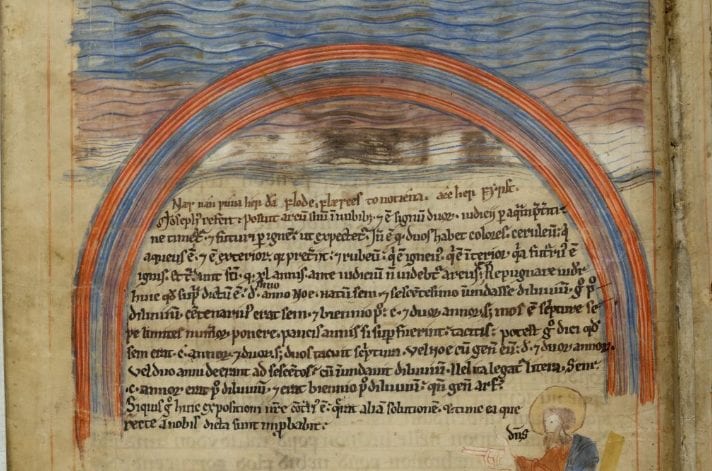
How many colors are there in the rainbow? Ancient cultures had different answers. The Greek author, Homer, claimed the rainbow had just one color: purple. The Greek philosopher, Xenophanes, claimed it had three: red, yellow-green and purple.
Everyone during the renaissance (the period between the 1300s and 1600s) agreed the rainbow had four colors: red, yellow, green and blue. People of the renaissance later added a fifth color, purple. Today, everyone else insists it is either six or seven. However, the Chinese still swear by the five-color rainbow.
At this point, you should be wondering why everyone has conflicting answers about how many colors we have in the rainbow. It shouldn’t be hard to determine. At least, everyone sees the rainbow.
The truth is: the answer depends on whoever is doing the counting. There are no clear borders separating the colors so people tend to see whatever color they have a name for. A person with a vast knowledge of colors could see hundreds of colors while a person with limited knowledge of colors will always come up with less than seven.
The current 7-color rainbow was the invention of Sir Isaac Newton, who came up with the theory in 1666. People believed the rainbow had five colors at the time. However, Sir Newton believed everything in the universe existed in sevens.
There were seven days in the week, seven planets (Uranus and Pluto had not been discovered at the time) and seven notes in the musical scale. So, he erroneously assumed the rainbow should have seven colors. He added orange in between red and yellow and split purple into indigo and violet.
7 Water Is Colorless
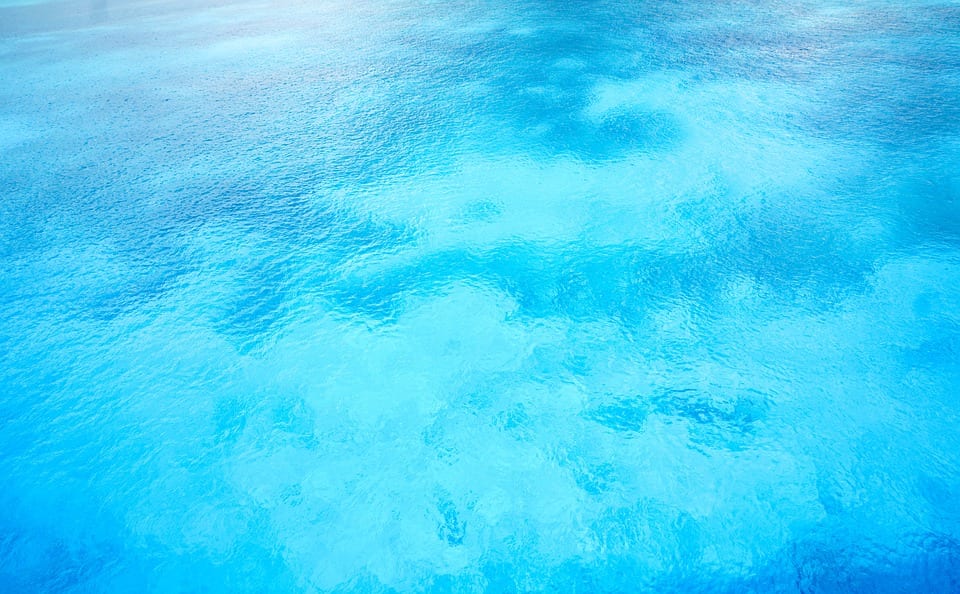
Ask anyone the characteristics of pure water and they will tell you it is tasteless, odorless and colorless. Well, the first two are true but not the third. Pure water is not colorless. Pure water has a very light blue color.
This light blue tint is not the same we observe in the ocean. The ocean is blue because water molecules absorb lights of longer wavelengths (red, orange and yellow) and reflects lights of shorter wavelength (blue in this case). This is the same reason our sky is blue. Just that this time, it is the atmosphere that is absorbing and reflecting the light.
It is impossible to find pure water in nature since natural water will always contain impurities like minerals and sediments. However, pure distilled water could be created under controlled conditions in the laboratory. The water will appear colorless but we will be able to see the light blue tint if we have lots of it.
6 The Color Of Gold Is Gold
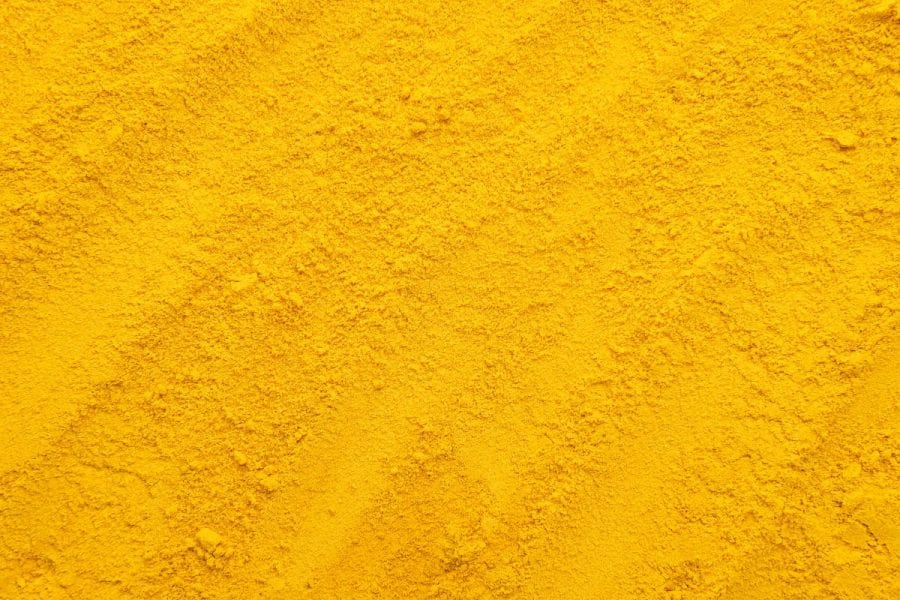
This part is actually true, but not just the way you think. For a start, color gold, which is also called golden, is actually a shade of yellow. So, gold is yellow. This is even though gold is supposed to have a silvery color, just like silver.
Gold appears this way because of what scientists call relativistic quantum chemistry. The theory states that if the atoms of an object move so fast that they cannot be sped up anymore, any extra energy expended into speeding up will only increase their mass instead of their speed. This new mass is called relativistic mass.
The knowledge of relativistic mass is crucial since it can alter the color of an object. Remember we mentioned that gold should have a silvery color. However, its atoms already travel at 58% the speed of light. Attempts to speed those atoms up causes them to absorb blue (which has a low wavelength) and reflect yellow, which has a higher wavelength.
5Space Is Colorful
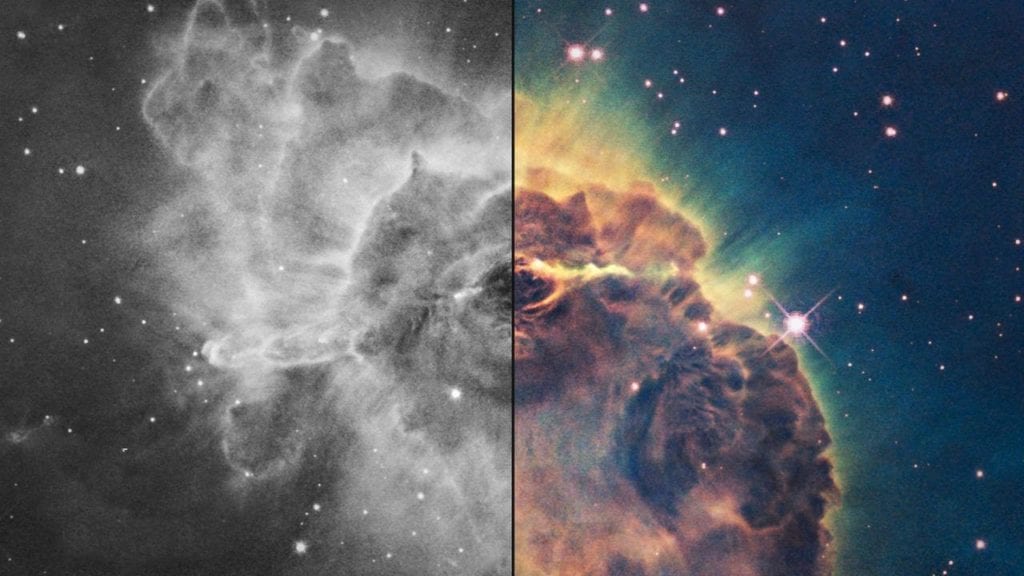
You would think space is colorful if all you know about space are those lovely pictures taken by space agencies. People who have been to space will tell you it is way duller than you think. There is nothing much to see over there except the occasional dots of light.
You will not find anything colorful either even if you used a telescope, considering many heavenly bodies emit lights beyond the wavelengths we can see. Those that do not are almost always red and blue, which remain the two most common colors in the universe. So, where do those colorful photos come from?
Permit us to break your heart: almost every photo you have seen of space or some other heavenly body (planets and comets) or event (exploding stars etc.) is fake. Before conspiracy theorists jump on this one, we will need to clarify that the photos are actually real. It is the color that is fake.
NASA adds color to its photos to highlight features of interest, allow us see lights that would have been invincible to us (because of their wavelengths) and of course, stoke our interest. No one would be interested in space if all they ever saw were blue and red photos. So, NASA always adds colors like orange, green and purple to make it appear cooler.
4 We Can See Every Color In Existence

This too is false. There are at least two colors we will probably never see, no matter how hard we try. These colors are red-green and blue-yellow. Red-green is not the same with reddish green, greenish red or red and green. It is basically a color that is somewhere in between red and green. Think of it as a single color that is half red and half green. The same applies to blue-yellow.
Red-green and blue-yellow are called forbidden colors. We cannot see them because of the way our eyes and brain work. Our eyes determine the color of objects using cells called opponent neutrons. Opponent neutrons become excited or inhibited depending on the color they are seeing. However, the same cell that becomes stimulated on seeing red becomes inhibited on seeing green.
This becomes a problem when that opponent neutron sees something that is red-green. It cannot become excited and inhibited at the same time, so it just ignores the color. The same thing happens with yellow-blue. The opponent neutron that becomes excited on seeing yellow becomes inhibited on seeing blue. So, we cannot see something that is yellow-blue either.
3 We Cannot Create New Colors
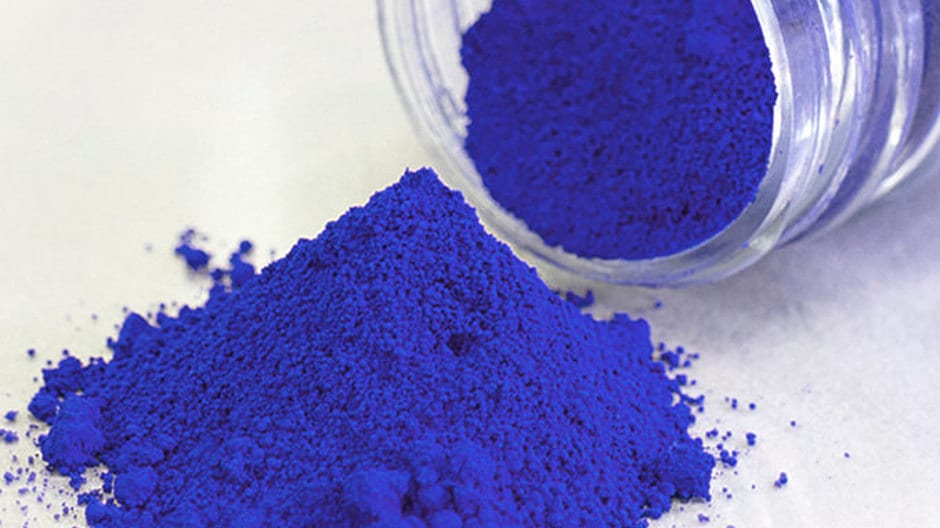
Common logic dictates that we should know every color in existence. This should be true considering every color is based on the three primary colors: red, blue and yellow. However, this is not so. It is very possible to invent new colors. In fact, we have created at least, three new colors: yinmn blue, ntp yellow and vantablack.
Yinmn blue (from ytrrium, indium and manganese) was first created by Professor Mas Subramanian in 2009. Niobium Tin Pyrochlore yellow (also called ntp yellow) was invented by Simon Boocock for the Shepherd Color Company in 2010.
Boocock created the color to replace pigment yellow 34 (PY 34), which used to be the most popular shade of yellow around. PY 34 is the same yellow used in safety signs. However, it is toxic and often fades over time, prompting the creation of the new color.
The last is vantablack, the black so dark that it puts regular black to shame. Vantablack is blacker than black. Unlike other colors, which are designed to alter the way light bounces off an object, vantablack absorbs light, making it appear more like a black hole than a pigment. It was developed by Surrey NanoSystems.
2 Everyone Sees The Same Color
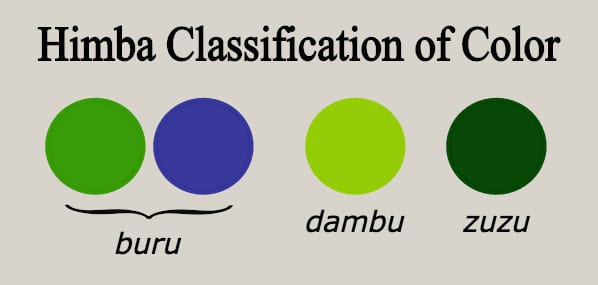
Does the language we speak influence the type of colors we see? The answer is yes. The colors we see is dependent on the language we speak.
We only identify colors we have names for. When presented with a new color, we will often call it the name of another color we assume is closely related—even if they are not—without realizing we are looking at a new color. This is very evident with the color blue, which has been considered a shade of green for most of history.
Every culture formed colors using the same format. First, they started with names for white and black (or day and night). Then they gave a name to the color red. Red was always came third because blood and wine are red. Up next was one of the colors yellow or green. The other followed soon after.
Blue was always among the last colors to get a name. In fact, blue only showed up recently. Only the ancient Egyptians had a name for blue and that was because they had a blue dye. The other cultures considered blue a shade of green.
To prove this, researcher, Jules Davidoff traveled to Namibia to meet the Himba people, who still do not have a name for the color blue. He showed them a photo of 12 colored squares (11 green and one blue) and asked them to select the odd color. Most of the tribesmen had a hard time determining the odd square.
Curiously, they promptly identified the odd square when Davidoff showed them another set of squares. All new squares were colored green but one was of a lighter shade than the others. The tribesmen got this one right because they had names for several shades of green.
Ironically, we English speakers would have easily spotted the blue in the first image since we have names for blue and green. However, we would have a hard time figuring the lighter green in the second photo since we have limited names for different shades of green.
1 The Sun Is Yellow

It is a common misconception that the sun is yellow. The sun is white—pure white. We can see the real color of the sun when we break down its light using a triangular or rectangular prism. We will observe that the color breaks down into the colors of the rainbow. If we reversed the process and combined these colors together, we would end up with white.
Our atmosphere and space agencies like NASA are the reason we believe the sun is yellow. Our atmosphere scatters lights of shorter wavelength (blue, indigo and violet) while it reflects lights of longer wavelength (red, orange and yellow). This is why the sun appears yellow.
The sun becomes redder as it sets because our atmosphere is better able to scatter the shorter wavelengths. Smoke and other pollutants in the air further scatter the blue, indigo and violet lights, further making the sun appear redder.
However, you would have observed that the sun often appears a bit blue when it is directly overhead. This happens because the atmosphere is not really able to scatter the blue light, giving the sun that blue tint. Lastly, do not trust those images from NASA either. NASA often colors the sun yellow to highlight its features.
For more lists like this, check out 10 Explanations For The Color Schemes Used On Everyday Things, and 10 Bizarre Ways Color Affects Your Brain.



